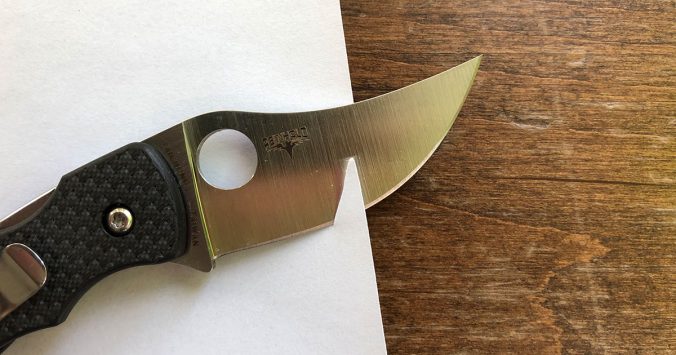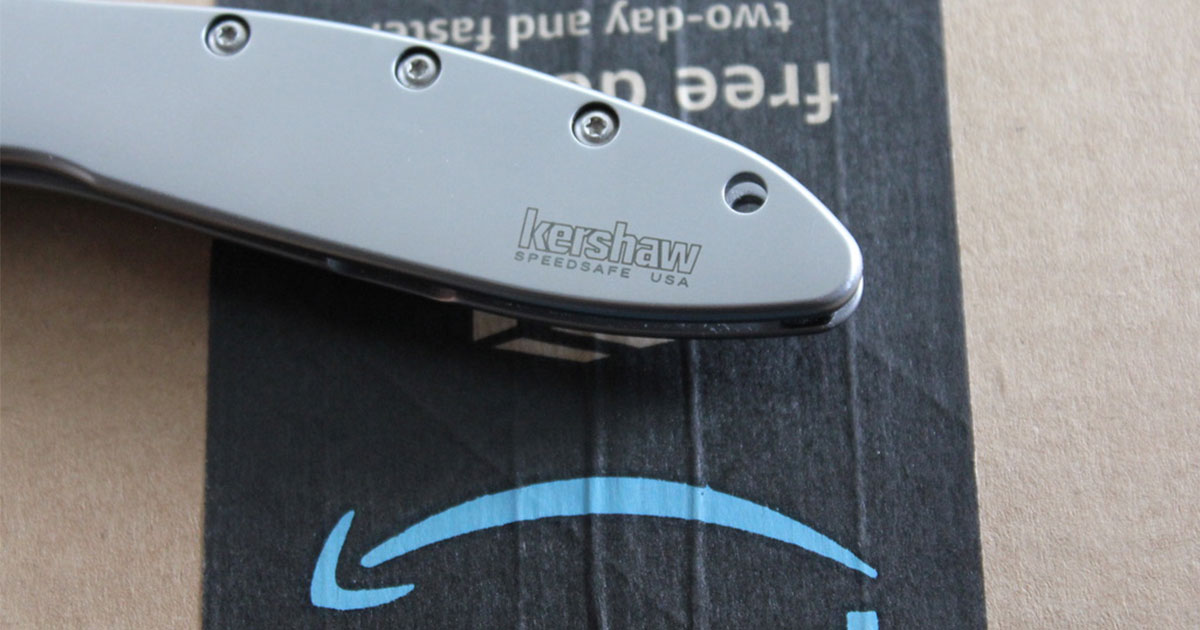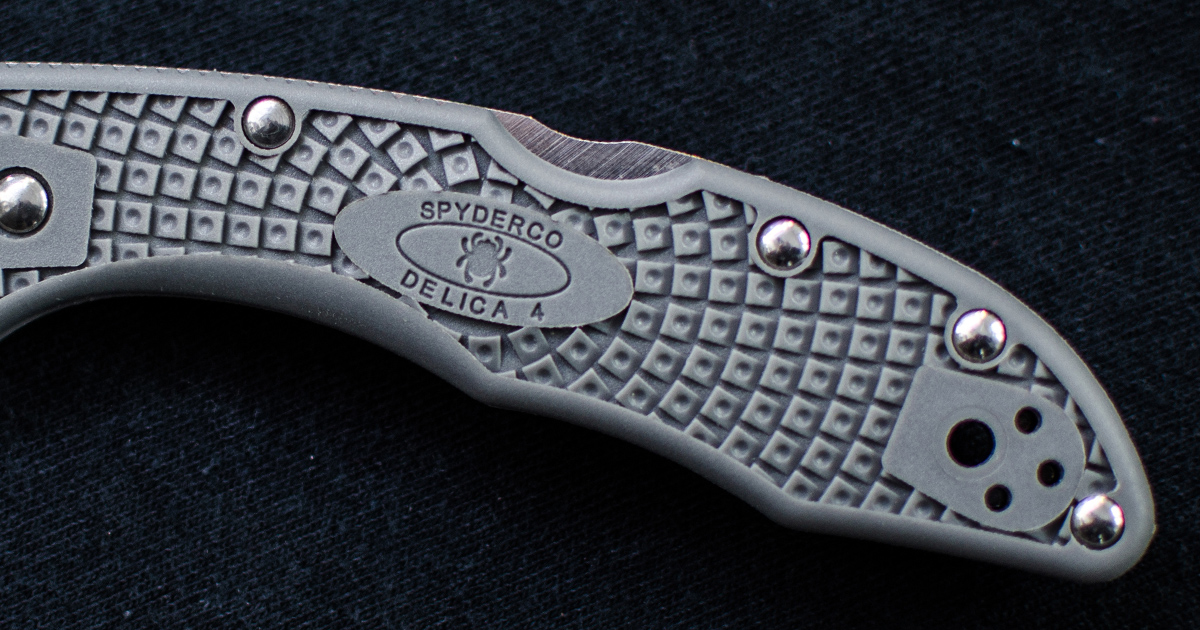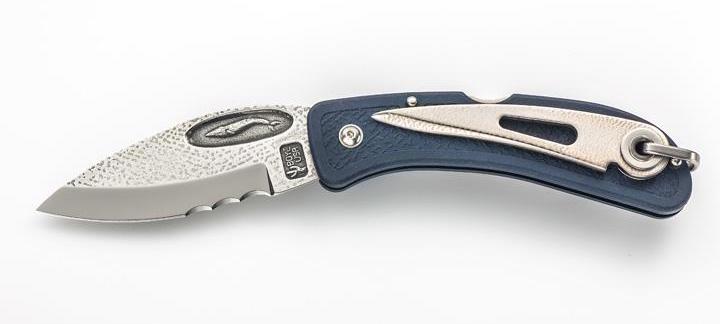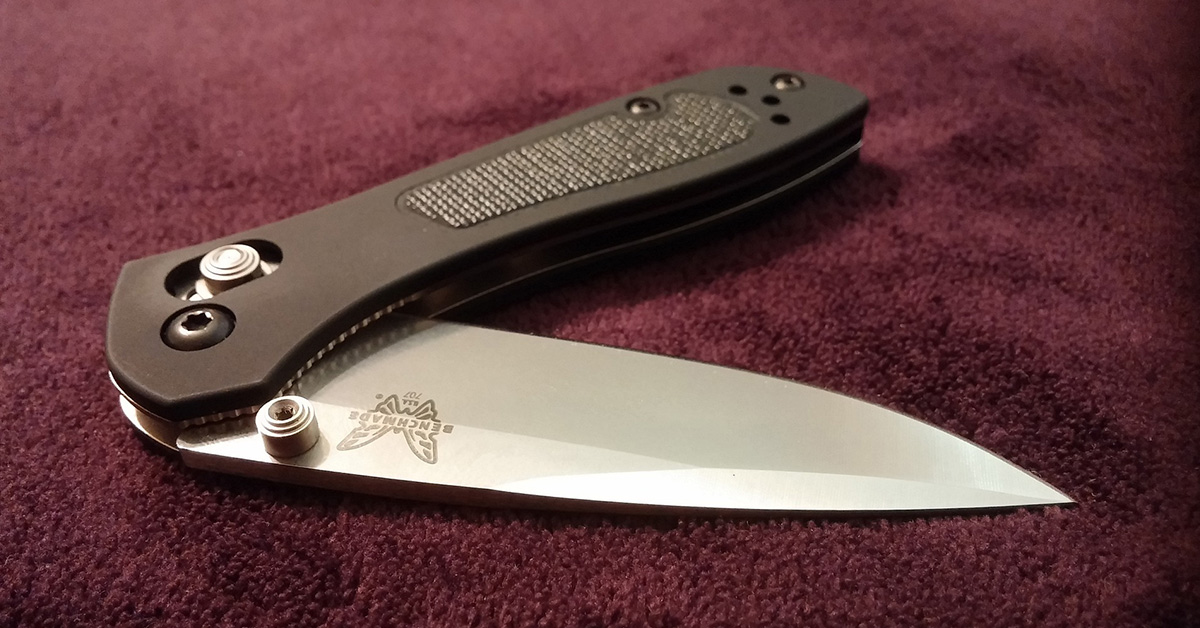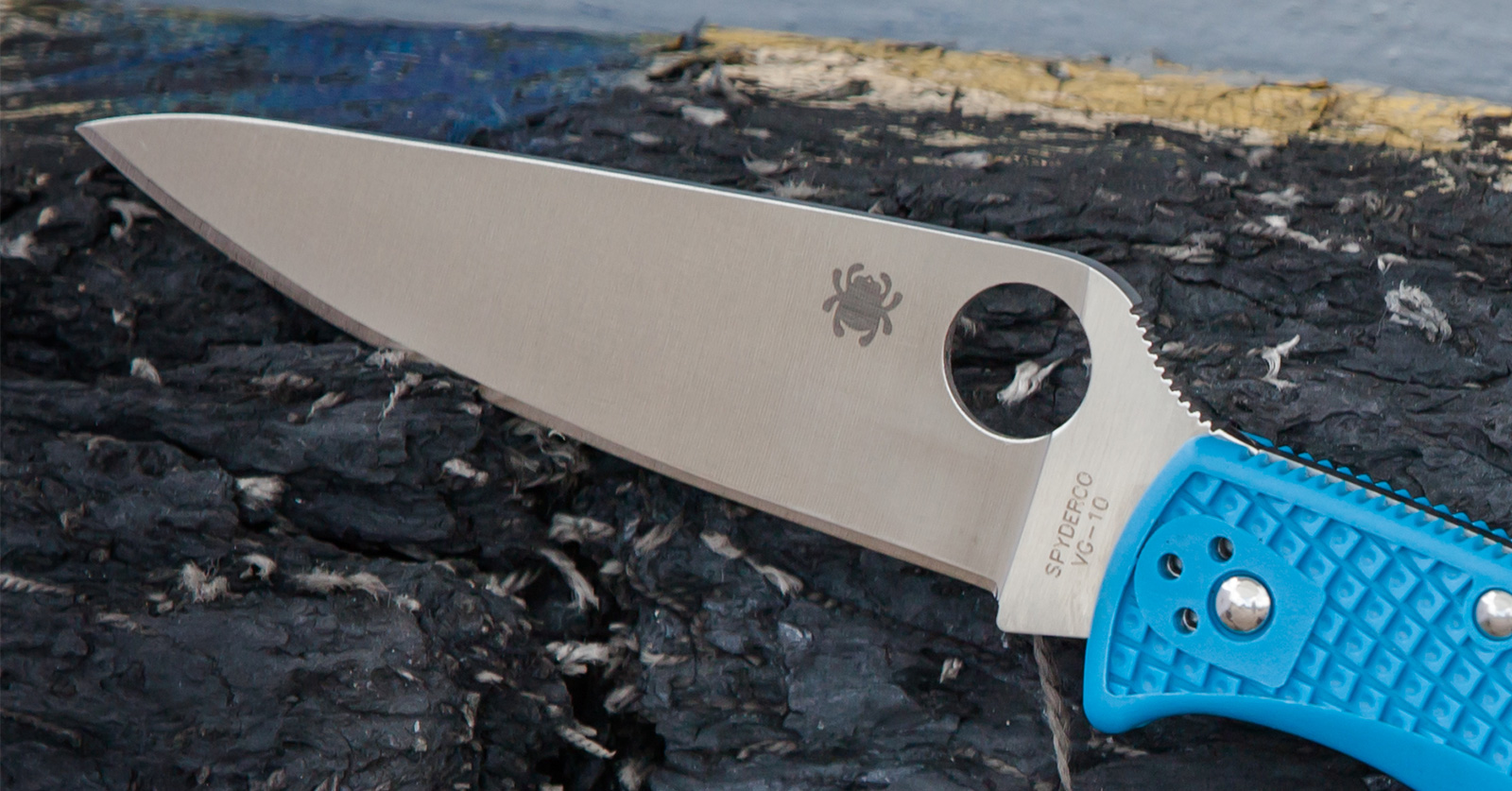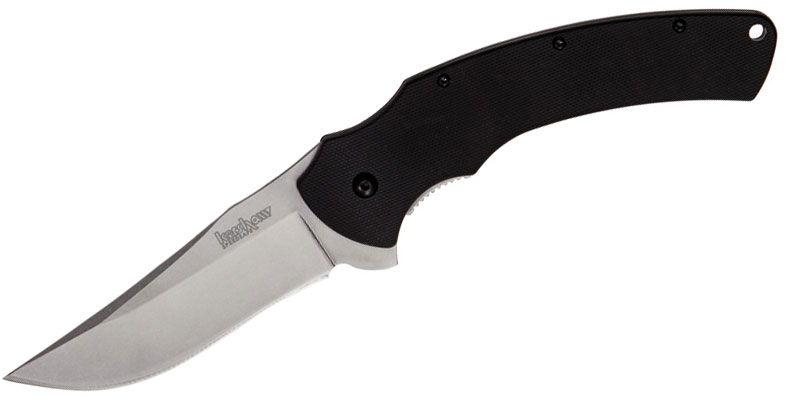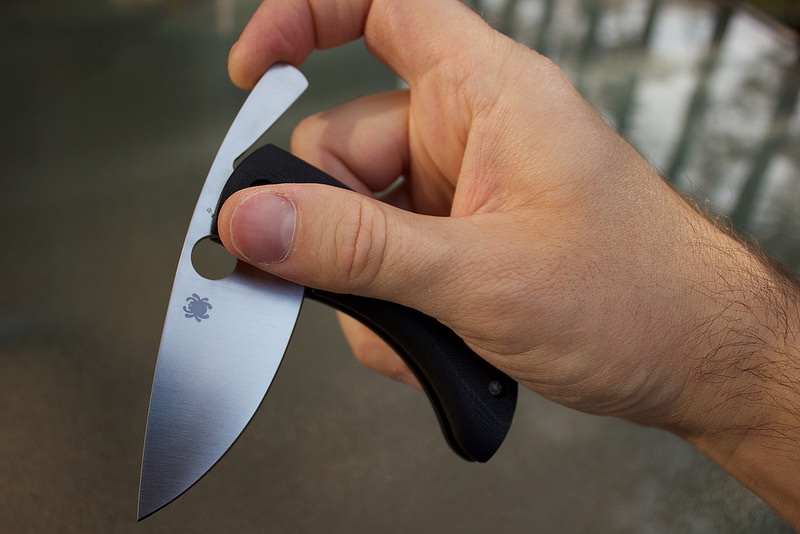
If you’re reading this, chances are you’re getting married.
Congratulations on taking the plunge. That also means you’ve probably been planning your wedding for ages. The venue is chosen, the flavor of your cake is set in marble, your music is finalized, and you’re still working on your vows.
But there’s the little matter of thinking about your groomsmen.
Your brother or buddy was likely put up to the task of best man or groomsman. It’s safe to say he’d much rather be out hunting or watching a basketball game. Instead he’s getting fit for a tux or going to rehearsals.
That’s why it’s always nice to thank them with a gift.
And there’s no better groomsmen gift than an engraved knife.
Considering this is a knife blog, I know we are very biased, but I honestly believe personalized knives make the best gifts for groomsmen.
Here’s why.
Knives are actually useful!
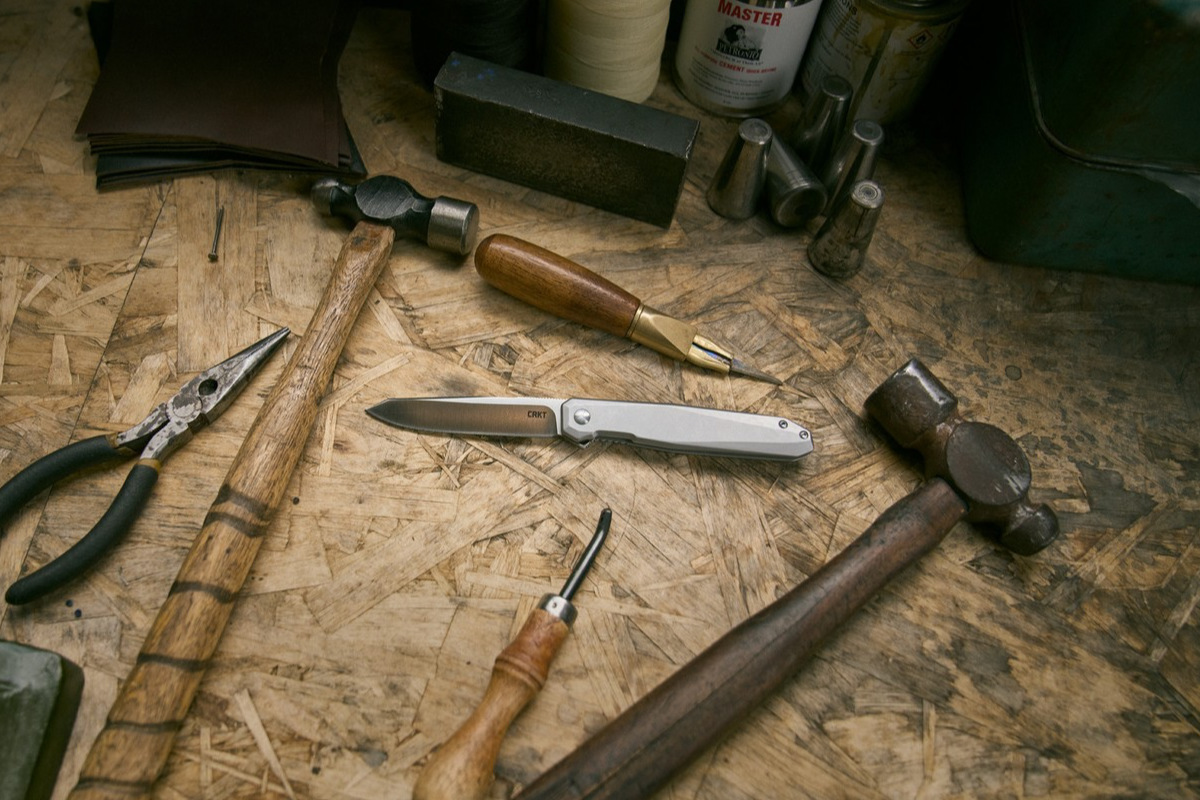
If you do a quick Google search on the best groomsmen gifts, thousands of articles with suggestions will come up. Most of them are filled with absolute junk that people don’t really want, like cufflinks (who wears these?), leather bags (come on!), pocket watches (what year is this?), and even personalized underwear.
Except for alcohol, every single one of those gifts is getting thrown in a drawer.
Knives, on the other hand, are extremely useful.


